Best electric road bikes: Go farther, faster
The best electric road bikes will give you the feel and ride of a top-end road bike but provide a boost when necessary
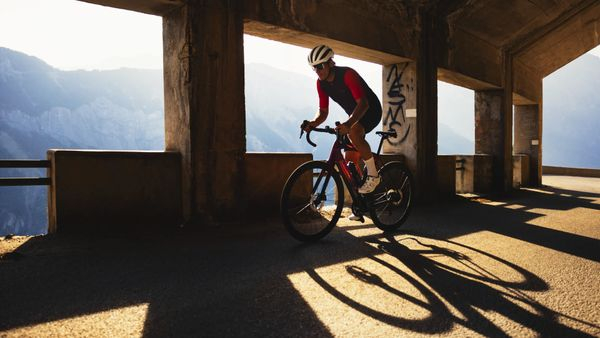
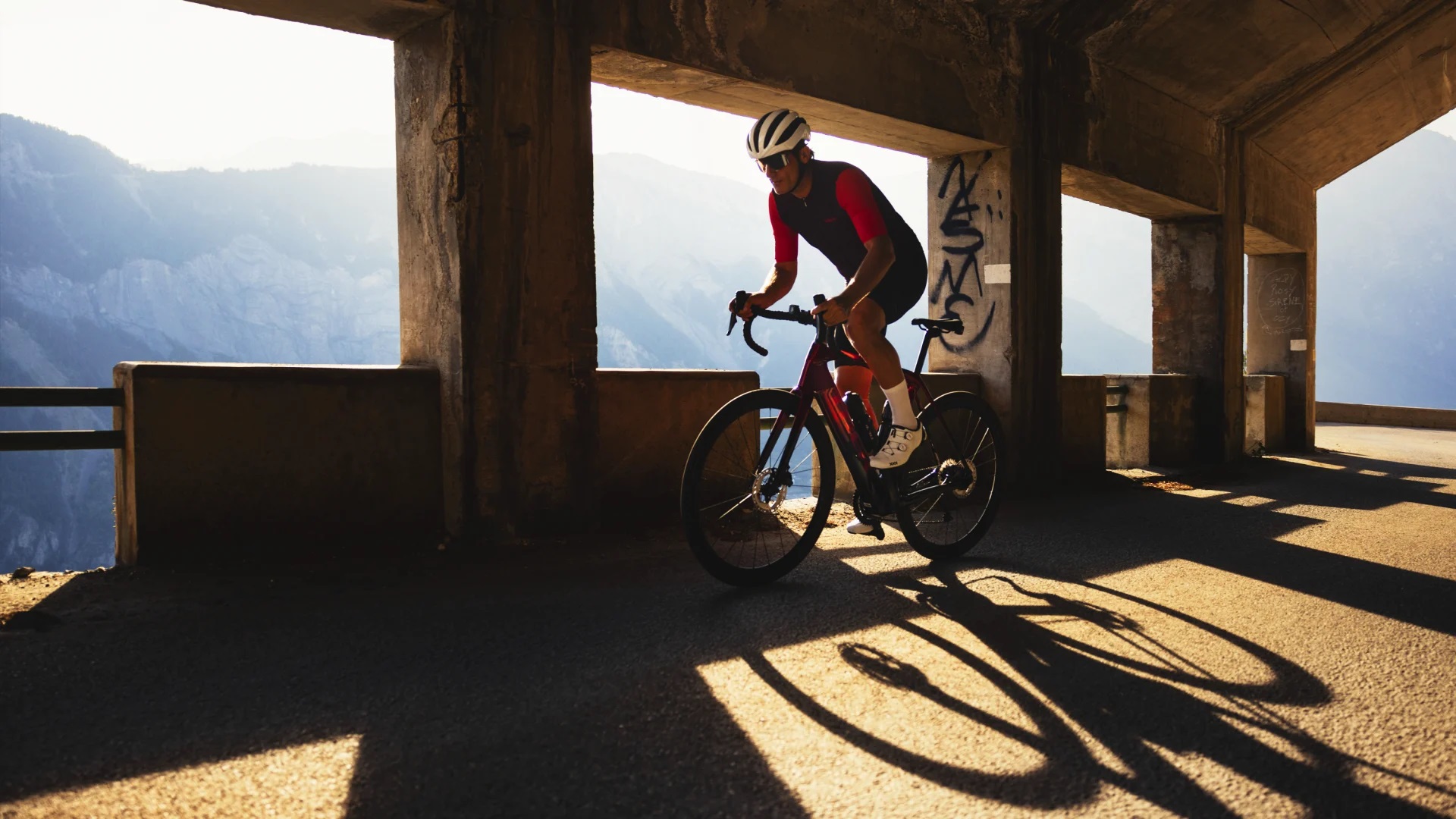
1. Quick list
2. Lightweight spec options
3. Budget option
4. Italian pedigree
5. E- Endurance bike
6. Removeable battery
7. On and off-road use
8. Aero advantage
9. Powerful motor
10. Integrated lights
11. How to choose
The best electric road bikes can almost go unnoticed these days, so discreet do they now look. They utilise a lot of the same components regular road bikes do, like the best road bike wheels and best road bike tyres most of which are rated for e-bike use these days.
Electric bikes in general are incredibly popular and a huge part of the cycling market. They can make cycling more accessible to a wider range of riders over different applications and terrains and are just downright fun to use.
The best electric bikes can be used over a range of uses, including e-bike commuting and gravel riding. We will be taking a look a the best electric road bikes here, a category that has come a long way, with the best models being very close to the best road bikes in terms of ride quality and looks whilst offering heaps of extra power when needed.
E-bikes are now nearly universally accepted, the 'cheating' argument has fallen by the wayside as people have acknowledged how useful and varied e-bike uses can be. Whether that be aiding sustainable travel or helping groups of riders with varying fitness ride together.
We've gathered the best electric road bikes into this list, helping you analyse specifications and tech to help you make a more informed buying decision. If you still need a little more help, head to the bottom of the page to see our buying guide pointers.
Quick list
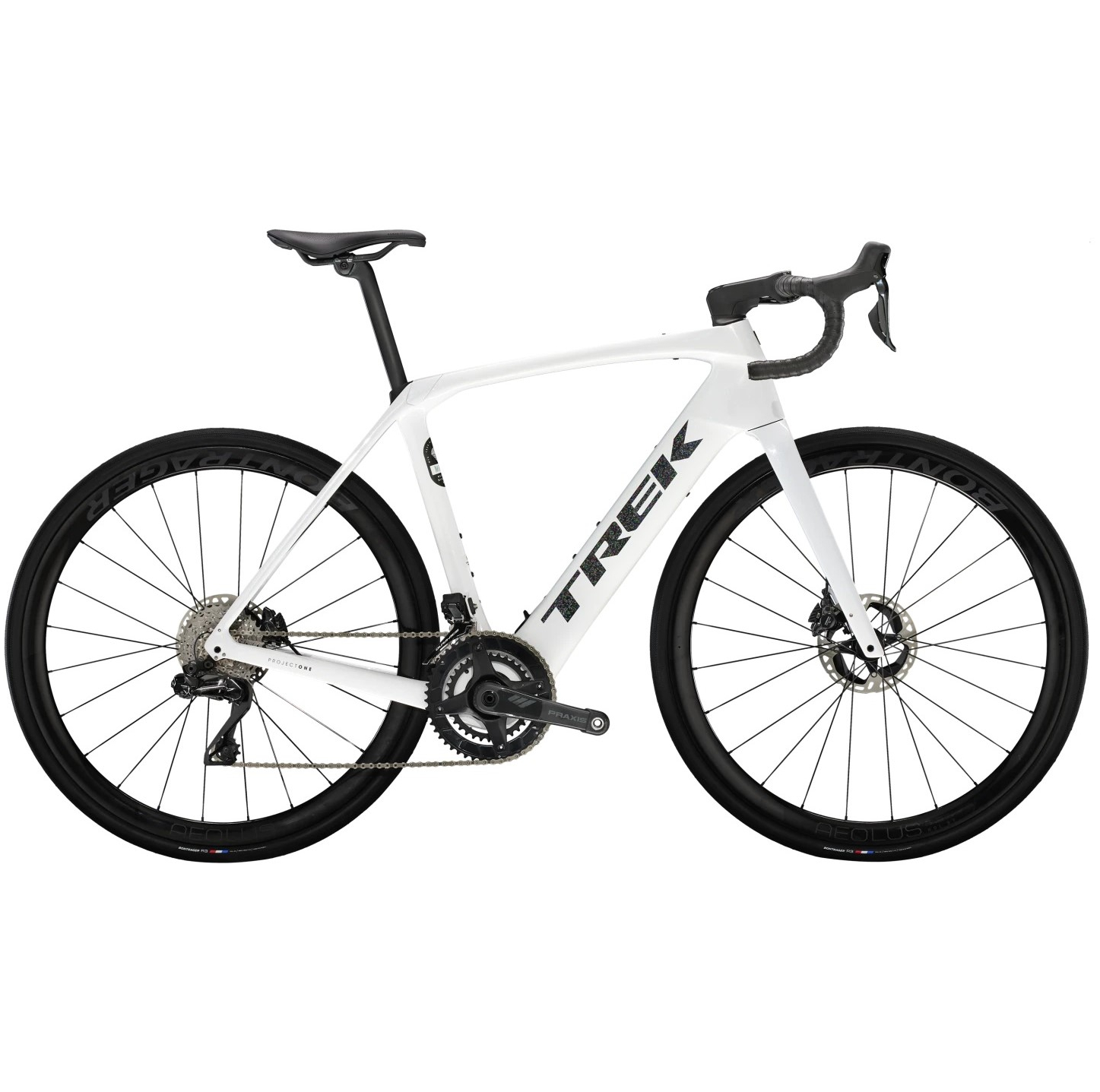
Best for premium features
The Domane+ SLR is a super-light road bike that in the US can power you up to 28mph, although it's speed-limited at 25kph elsewhere.
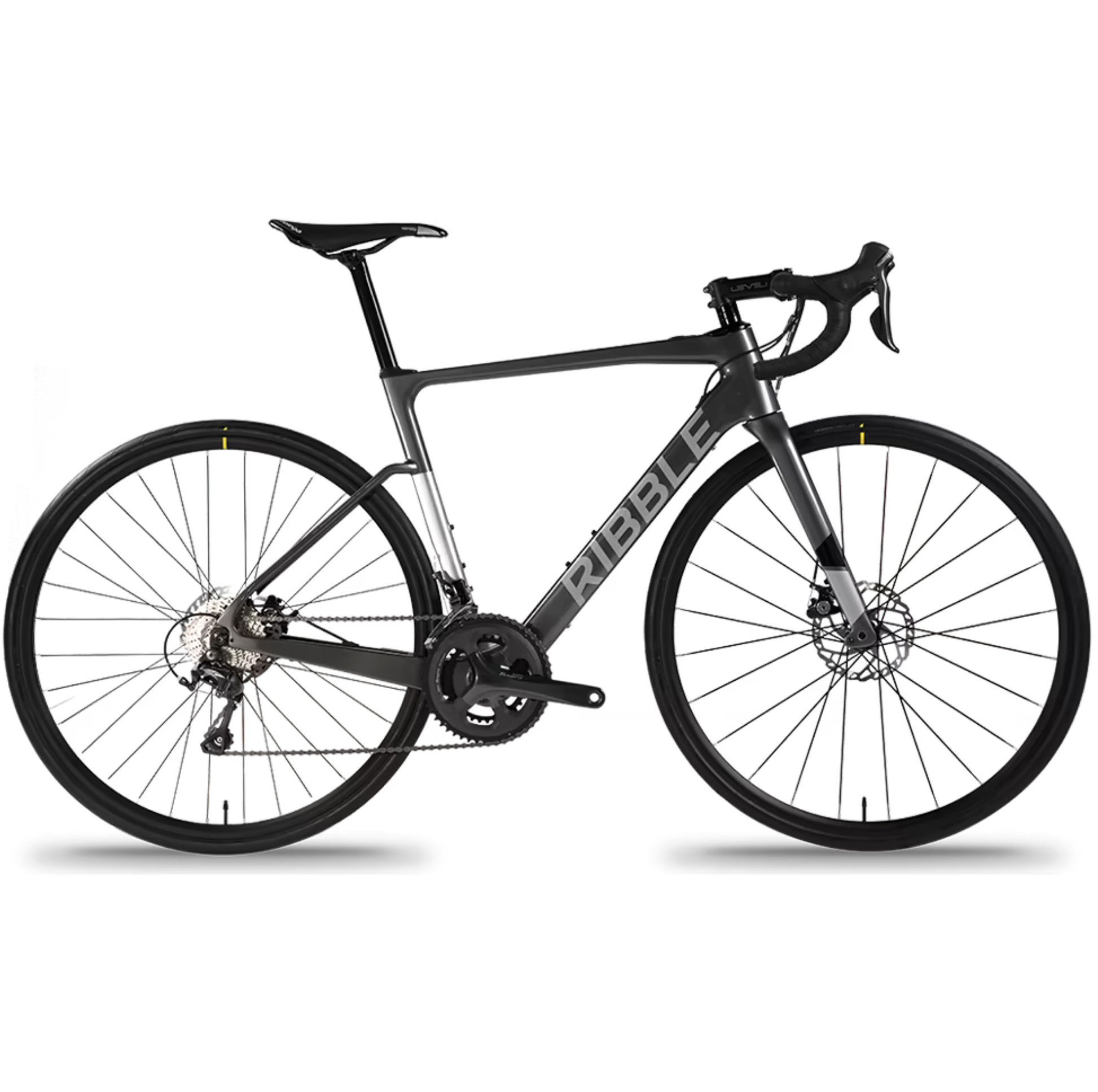
Best for the cost-conscious
The Ribble Endurance SL e provides an affordable electric road bike option, but powered by a Mahle hub motor it provides plenty of assistance in a stealthy package.
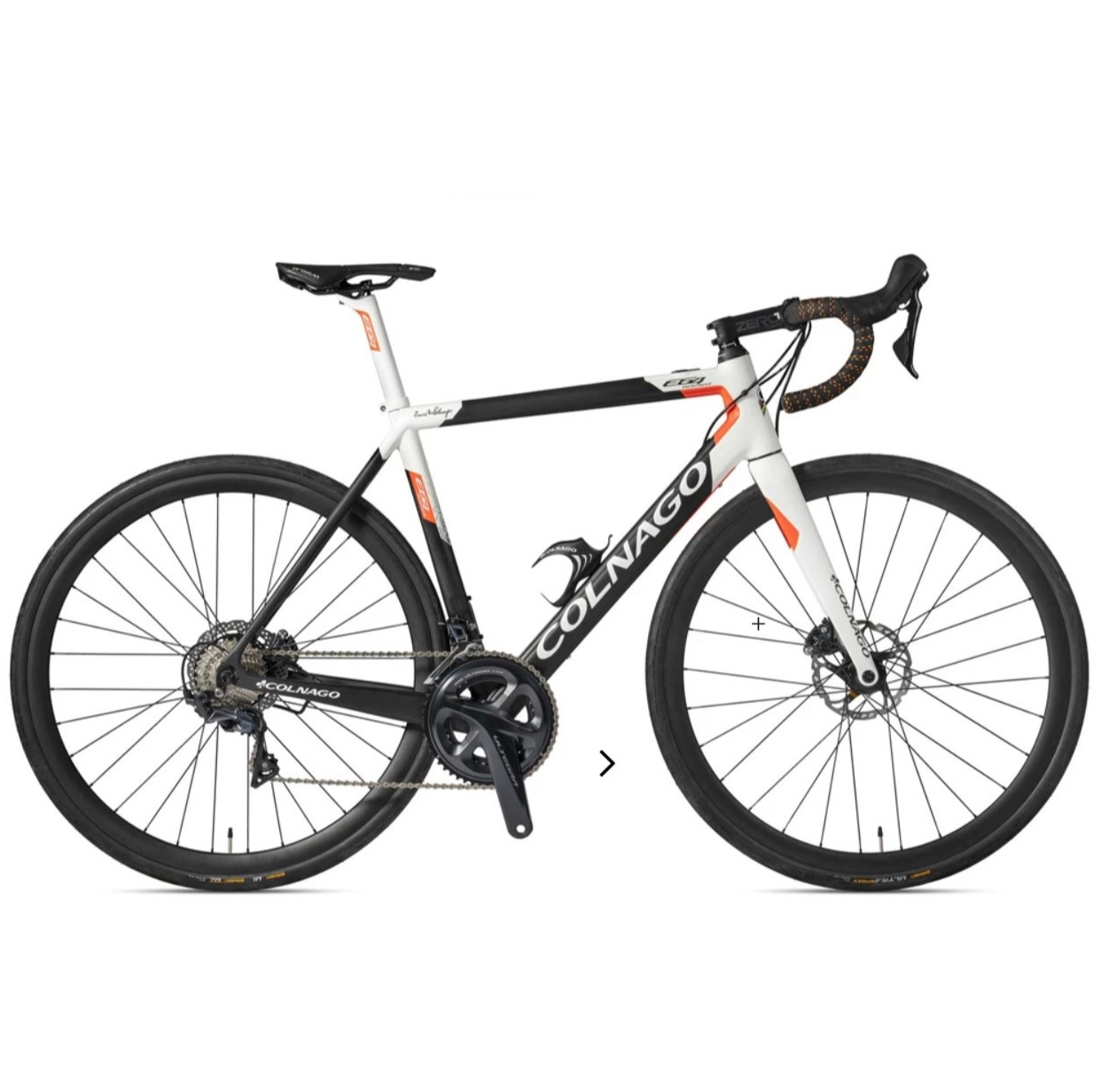
Best from a prestige brand
If you are after a Colnago but want a little assistance, the E64 provides this in a stealthy package that doesn't stand out as an electric road bike.
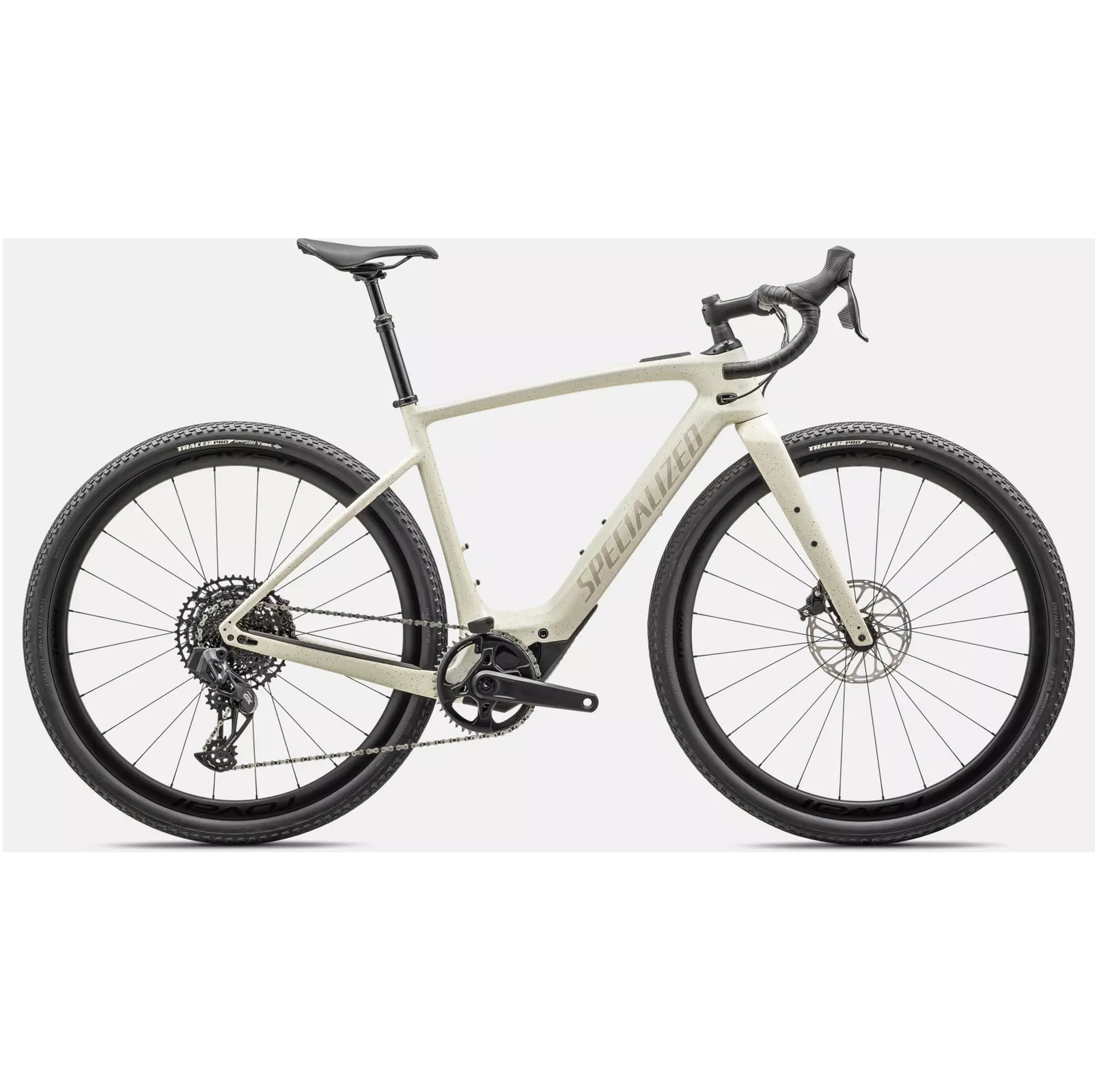
Best for road and gravel use
The Specialized Creo 2 electric bike is much more oriented to off-road use, with wider tyres, a more powerful motor and even a dropper post.
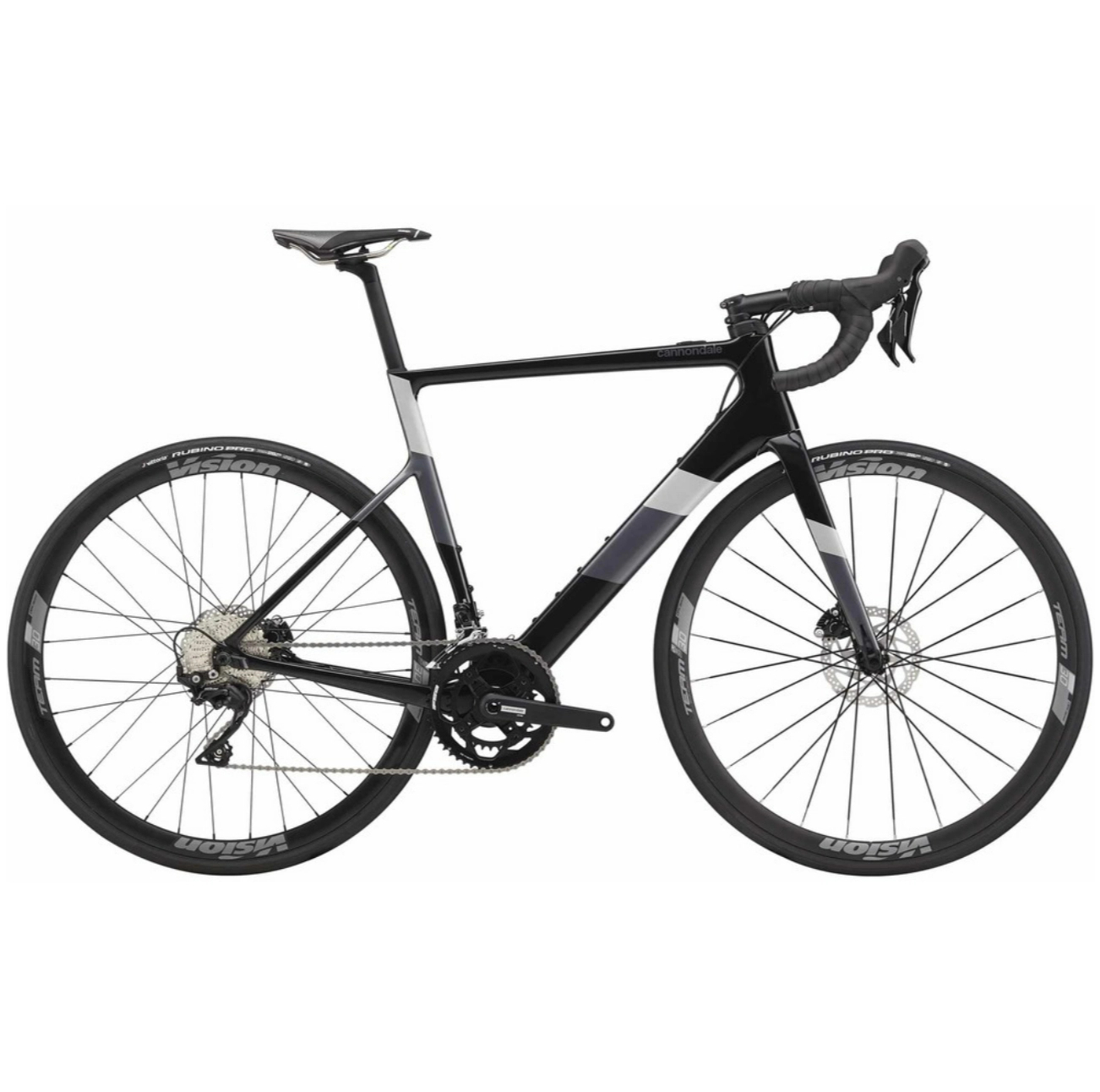
Best for aerodynamics
Based on the pedal-only SuperSix Evo, the Neo version has a stealth motor system and the same aero tube profiles as the non-assisted bike.
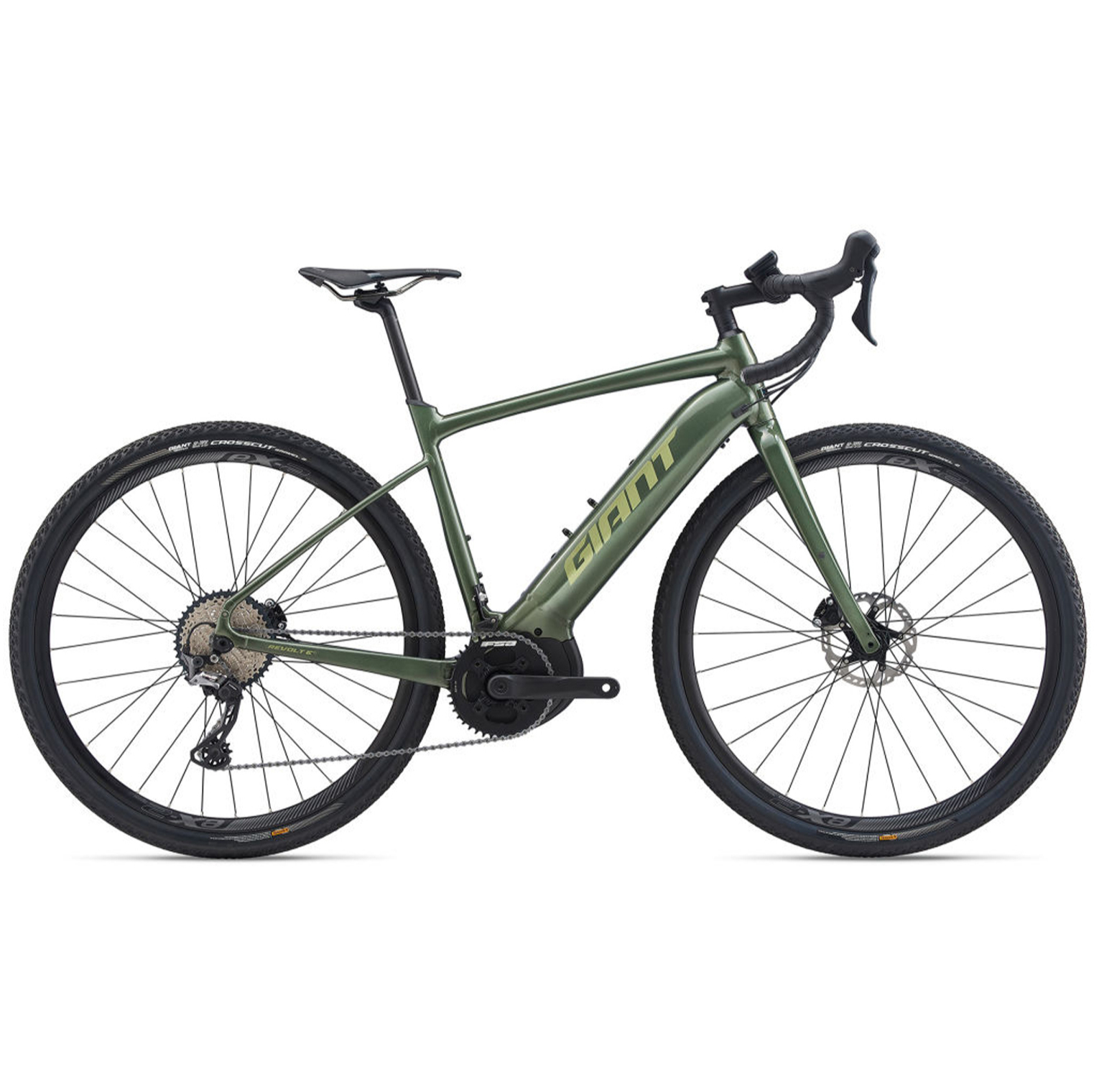
Best for motor power
The Giant Revolt E+ Pro has the same Shimano EP8 motor as found on many e-MTBs, so it's got the grunt to haul you up the steepest climbs.
Lightweight spec options
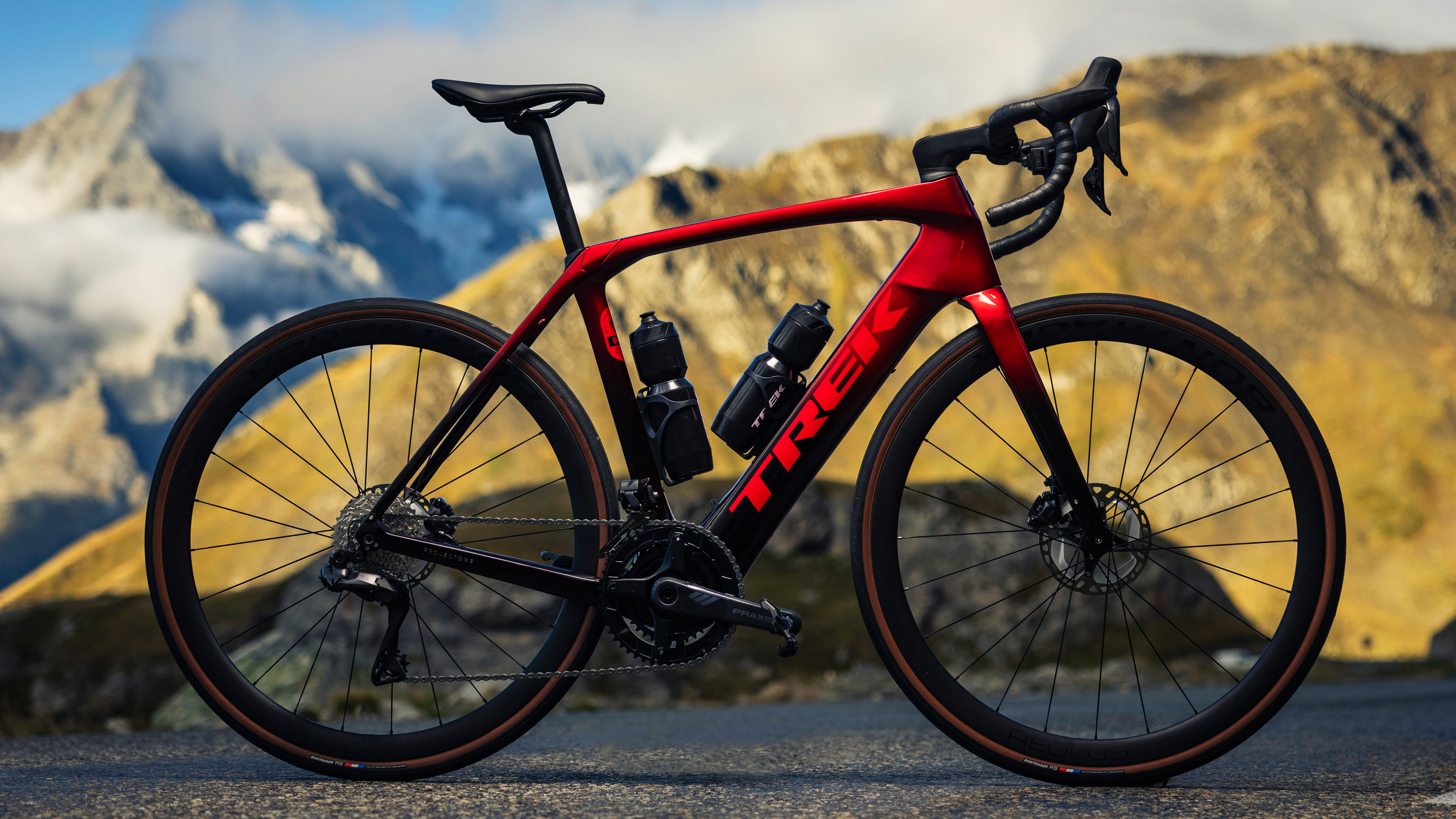
Trek Domane+ SLR
Specifications
Reasons to buy
Reasons to avoid
The Trek Domane+ SLR is the newest e-road bike from the US-based brand. Available in six different spec options but all based around a superlight weight Trek OCLV 800 carbon frame, this is the lightest e-road bike trek has ever produced.
The Domane+ SLR is aimed at performance road riders who want a little extra zip, it has a discreet motor and battery from German specialist TQ which offers a super smooth and quiet e-riding experience. The Domane+ SLR is lighter than the Trek Domane LT and has a non-removable battery whereas the LT's is removable
You get a neatly integrated LCD display in the top tube, mode toggle buttons custom built into the shifters, and the lights and eTap charging can be wired in to run from the battery to simplify things. If you want a high-end lightweight electric road bike, the Domane + SLR is one we'd be happy to recommend.
Budget option
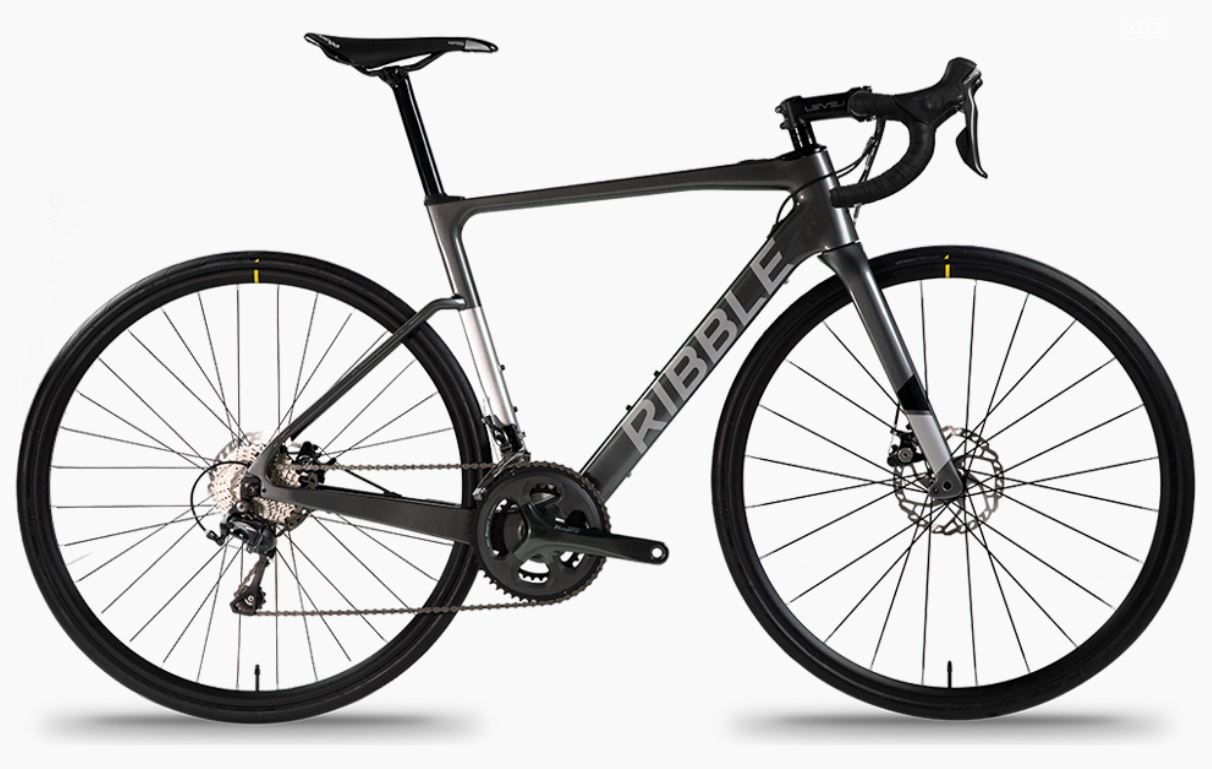
Ribble Endurance SL e
Specifications
Reasons to buy
Reasons to avoid
Claimed to weigh 11kg, the Ribble Endurance SL e is one of the lightest e-road bikes currently available and, visually, the frame is almost identical to its non-assisted sibling, including the aggressive geometry.
Using the Mahle Ebikemotion system, the Endurance SL e doesn't get a control unit, instead opting for a button on the top tube that cycles through the three levels of assistance. Hidden inside the downtube is a Panasonic 250Wh battery, which is connected to a rear hub-based motor said to provide 40Nm of torque. There is an accompanying app, too, which will provide additional information such as remaining battery life.
As Ribble is consumer-direct, the pricing is competitive with the Tiagra build starting at £2,799, and the 105 build starting at £3,299 — every component can be upgraded through the brand's 'BikeBuilder' program.
Italian pedigree
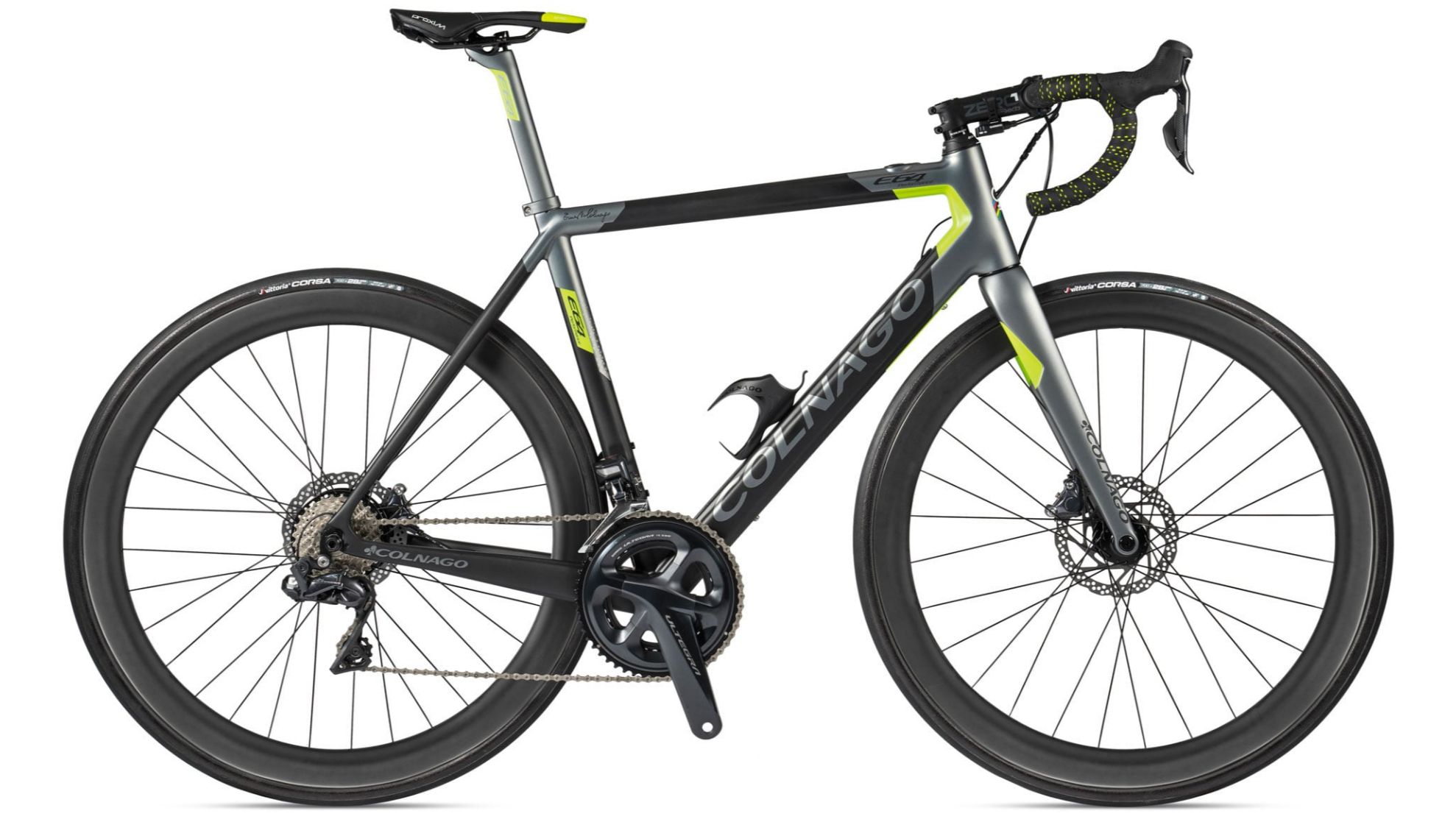
Colnago E64
Specifications
Reasons to buy
Reasons to avoid
Using the C64 as the backbone, Colnago has adapted its carbon racer into a pedal-assist roadie. Claimed to tip the scales at 12kg including the battery, Colnago says the rear hub-based motor only adds 3.7kg and it's capable of delivering 250 watts of assistance.
With the battery housed in the downtube, the E64 doesn't get a built-in head unit; instead, there is a button on the top tube that controls the electronics. The battery is stored in the downtube and is not removable, but Colnago says there is an auxiliary battery on the horizon which can be stored in one of the bottle cages to add range.
Although the E64 appears to be a carbon-lugged frame, it's a visual illusion with these details being added in the paint shop. The bike comes with a Shimano Ultegra drivetrain, Deda finishing kit and Mavic Aksium Elite EVO UST wheels.
E-Endurance bike
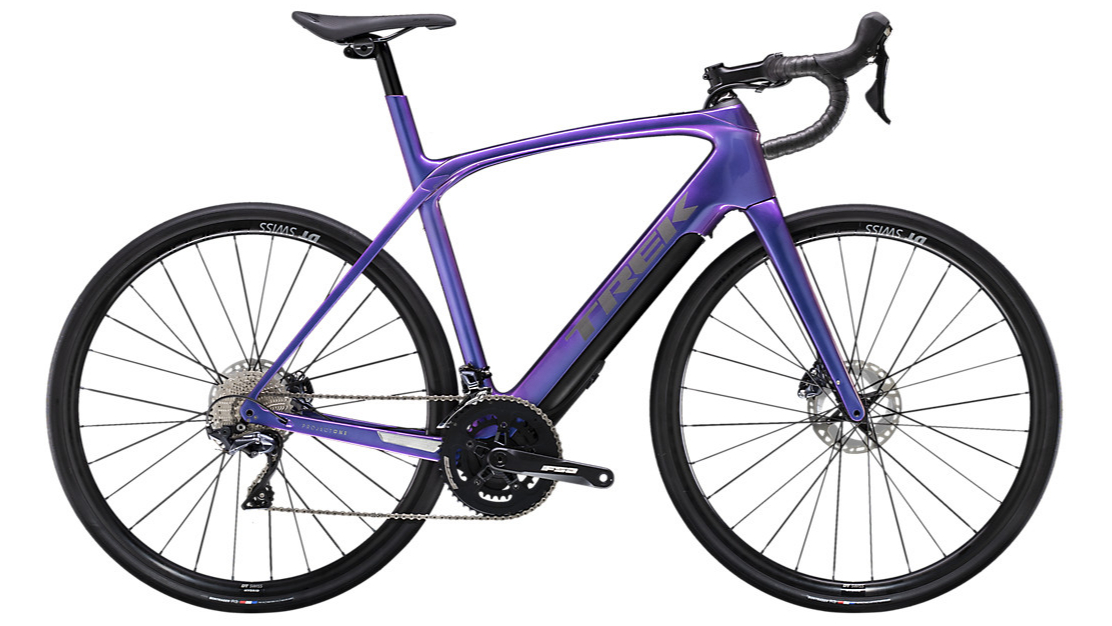
Trek Domane+ LT
Specifications
Reasons to buy
Reasons to avoid
With the IsoSpeed decoupler in the seat tube and room in the frame for 38c tyres, Trek's Domane+ LT is probably the best electric road bike for comfort.
It comes with a 250W motor and 250Wh battery, so in terms of power and range, it's on a par with many of the 'secret e-bikes' featured here, however, instead of having a battery permanently hidden inside the down tube, the Domane+ uses a removable battery. Batteries do degrade over time, so the option to replace them will be positive when it comes to long-term ownership or resale value.
The Domane+ LT features all the niceties of the pedal-powered Domane, including fender mounts, Blendr accessories, and endurance geometry. The carbon frame is fitted with a Shimano Ultegra 2x11 groupset, with a 50/34 chainset and 11-34 cassette.
Removeable battery
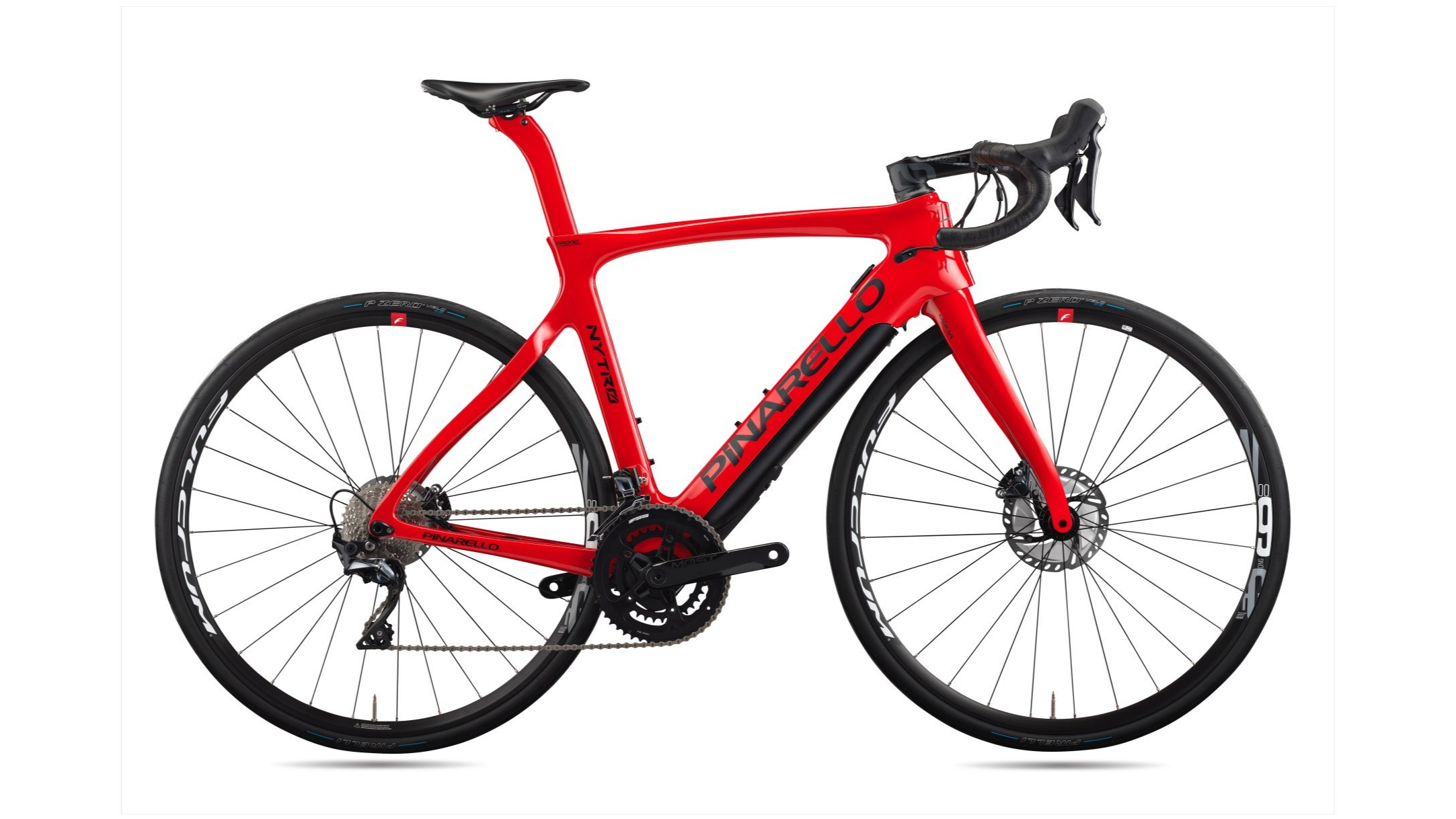
Pinarello Nytro Ultegra
Specifications
Reasons to buy
Reasons to avoid
On the surface, the Nytro looks like any other Pinarello frame, complete with a wavy fork and aero tubing but hidden in the downtube are a Fazua drive unit and battery. The Nytro is claimed to have up to 250w of power and 55Nm of torque, and the battery can be dropped out of the downtube to make it just a normal road bike, weighing in at around 9kg without the battery.
The frame uses the brand's F10 frameset as a starting point and adds a bit of length to the wheelbase and height to the head tube. Rest assured, Pinarello hasn't forgotten to give the Nytro its trademark asymmetric tube treatment.
Built with a Shimano Ultegra Di2 11-speed drivetrain, the bike gets hydraulic disc brakes and rolls on Fulcrum Racing 5 wheels. It also comes with a Pinarello-sized price tag.
On and off road use
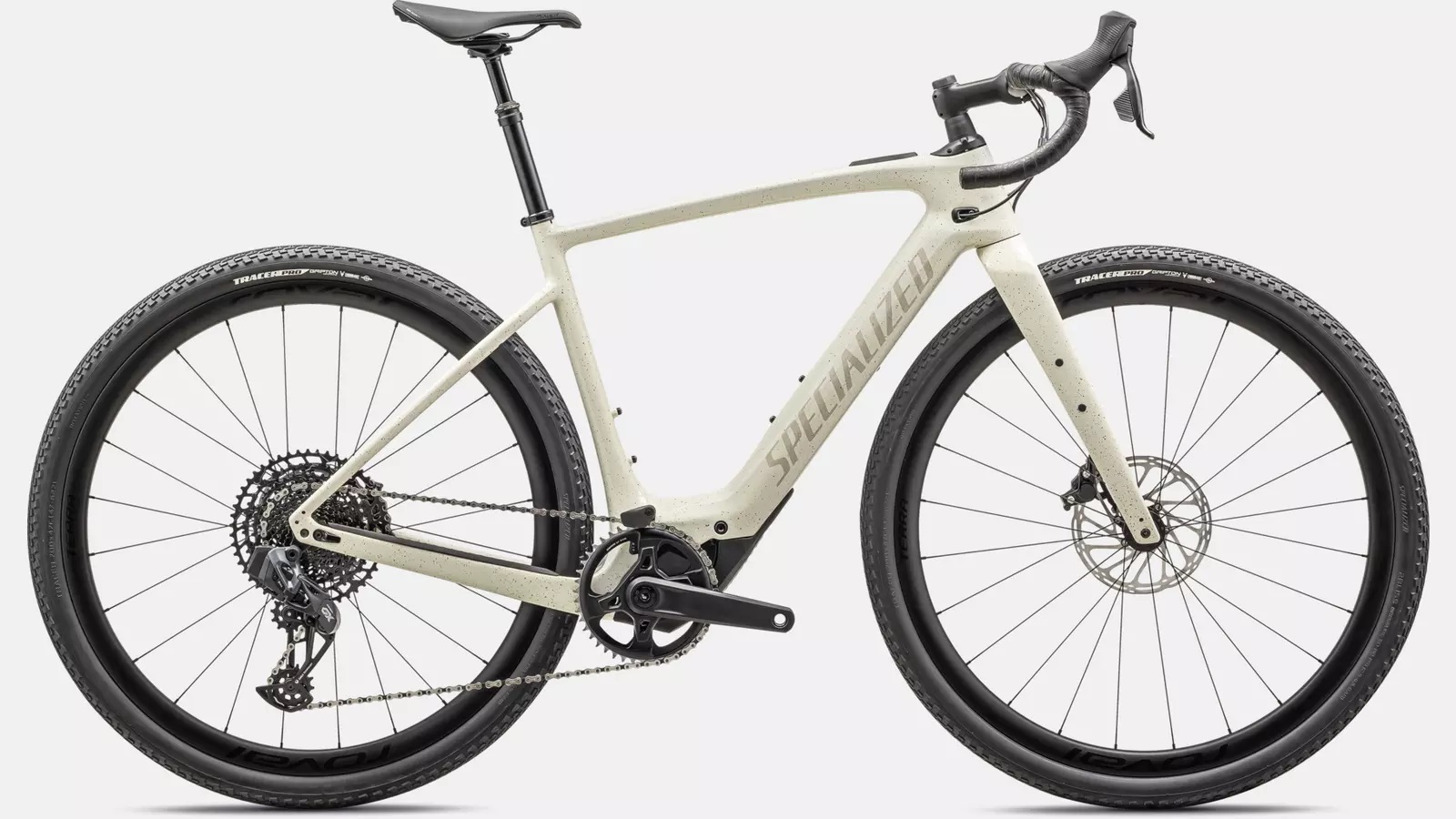
Specialized Creo 2
Specifications
Reasons to buy
Reasons to avoid
Specialized launched the Creo 2 in September 2023, replacing the original model with a new design, which has a lighter frame, a more powerful, quieter motor and incorporates the Future Shock 3 also found on the latest Specialized Roubaix SL8.
The new model adds to the Creo's off-road credentials while soft-pedalling on the road, with a revised geometry, wider tyres and even a dropper post. US riders get motor support up to 28mph.
We've had our first ride on the Creo 2 at the launch event. This was mainly off-road, which emphasises the Creo 2's new direction over the original Turbo Creo, which looked to straddle both road and off-road. If you want to enjoy gravel too this could be the bike for you.
Aero advantage
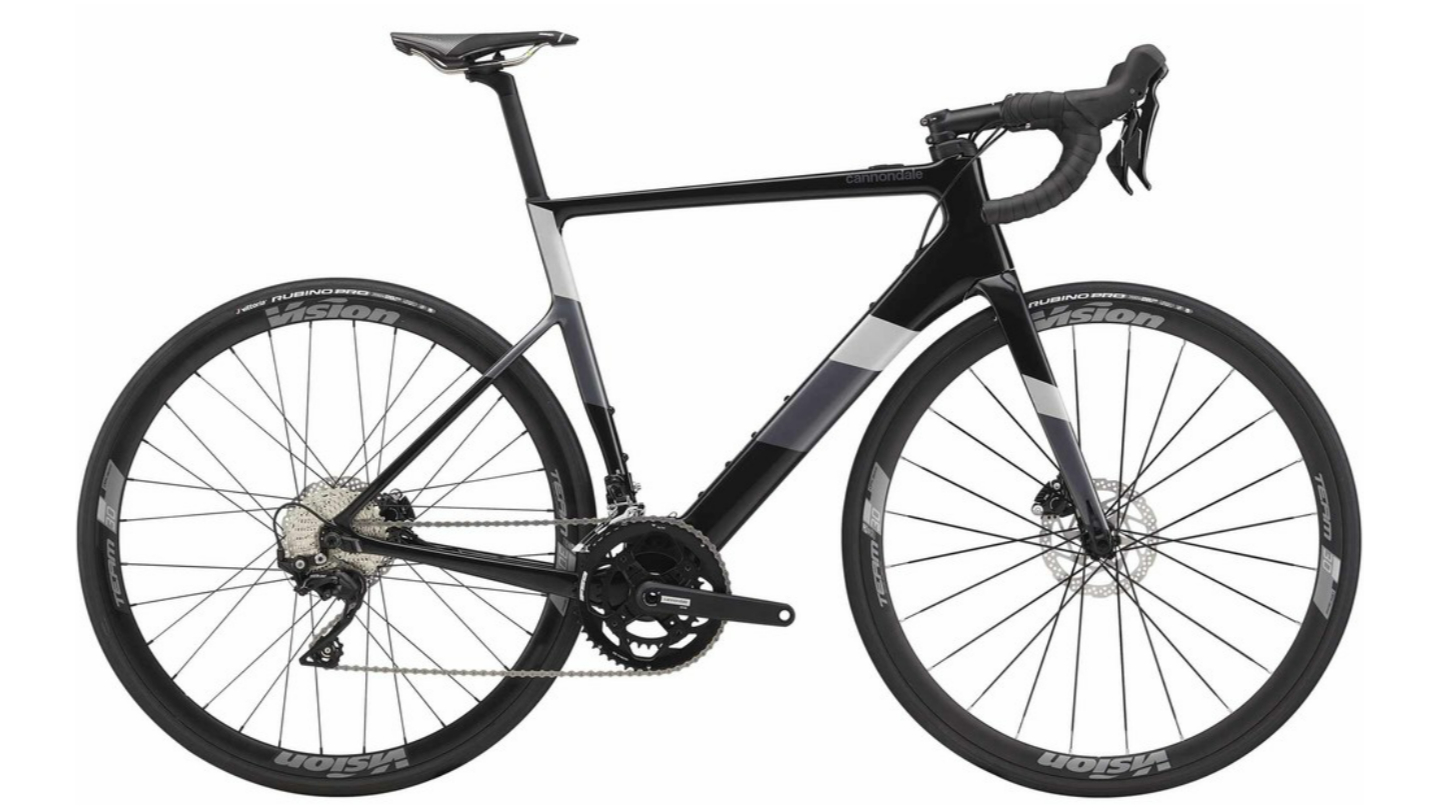
Cannondale SuperSix Evo Neo 3
Specifications
Reasons to buy
Reasons to avoid
The SuperSix EVO Neo has the aero frame shape of the non-assisted bike but adds a Mahle ebikemotion X35 motor, which offers 250w of assistance and up to 40Nm of torque.
According to Cannondale, the 250Wh internal battery will take you around 75km on a single charge. The bike comes with 28mm slick Vittoria Rubino Pro tyres, and the frame features an integrated seat binder combined with a 27 KNØT seat post, designed to work together to absorb road bumps. The frame also features SAVE micro-suspension to smooth out most rides for added comfort.
It includes a robust Shimano 105 R7000 hydraulic groupset, with 2x11 gearing. Up front, the FSA crank features 50/34 chainrings, paired with an 11-34 cassette at the rear, offering a massive range of gears.
As part of Cannondale's e-bike range, the SuperSix Evo Neo 3 benefits from the brand's integrated wheel sensor, which delivers accurate speed, route and distance information, registers your bike, reminds you when you need service, and more.
Powerful motor
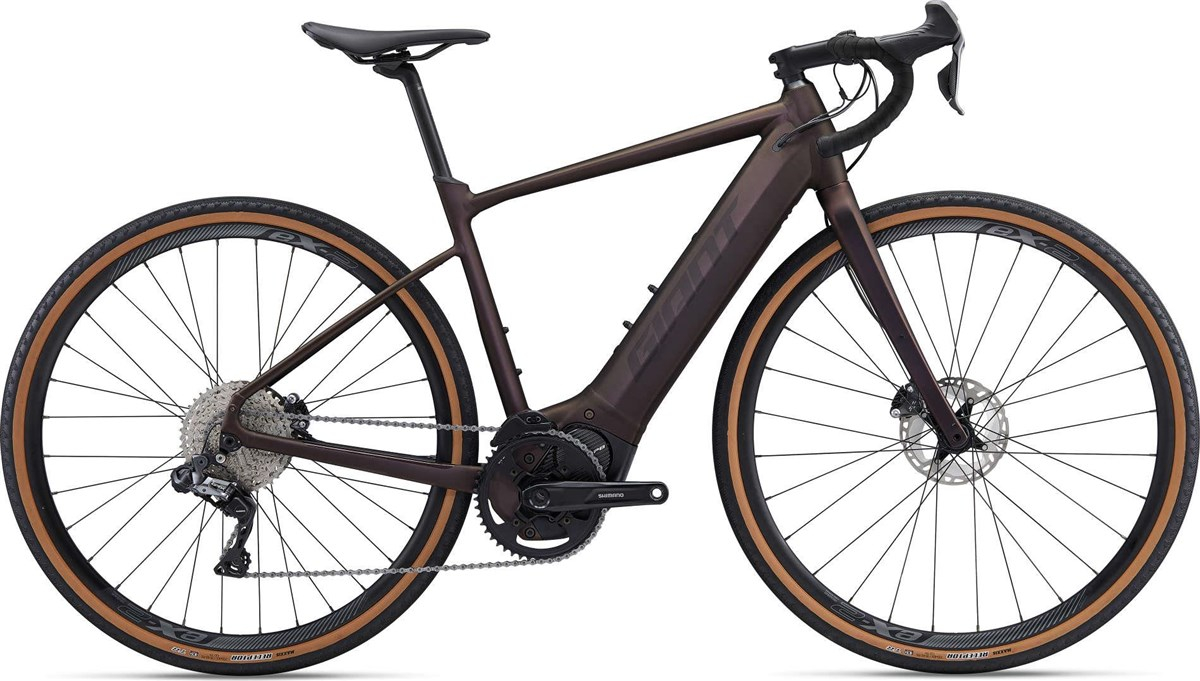
Giant Revolt E+ Pro
Specifications
Reasons to buy
Reasons to avoid
There's no denying that the Revolt E+ carries more of an electric bike aesthetic than some others here, but within its oversized down tube comes a large battery and a motor with a lot of torque.
Powering it is the Shimano EP8-powered SyncDrive Pro pedal-assist system, which promises smooth acceleration (thanks to its 85Nm of maximum torque). Meanwhile, the Shimano GRX Di2 1x11 electronic groupset and 40mm tyres make it all ready if you plan to mix things up a bit. There are also mounts for mudguards and racks.
The system is simple to use, and the motor comes with a SmartAssist mode that automatically adapts to your cadence and ride style, tuning the amount of assistance to the levels you actually need. This means you don't need to think about anything and can just get pedalling, leaving the motor to do its thing for you.
Integrated lights
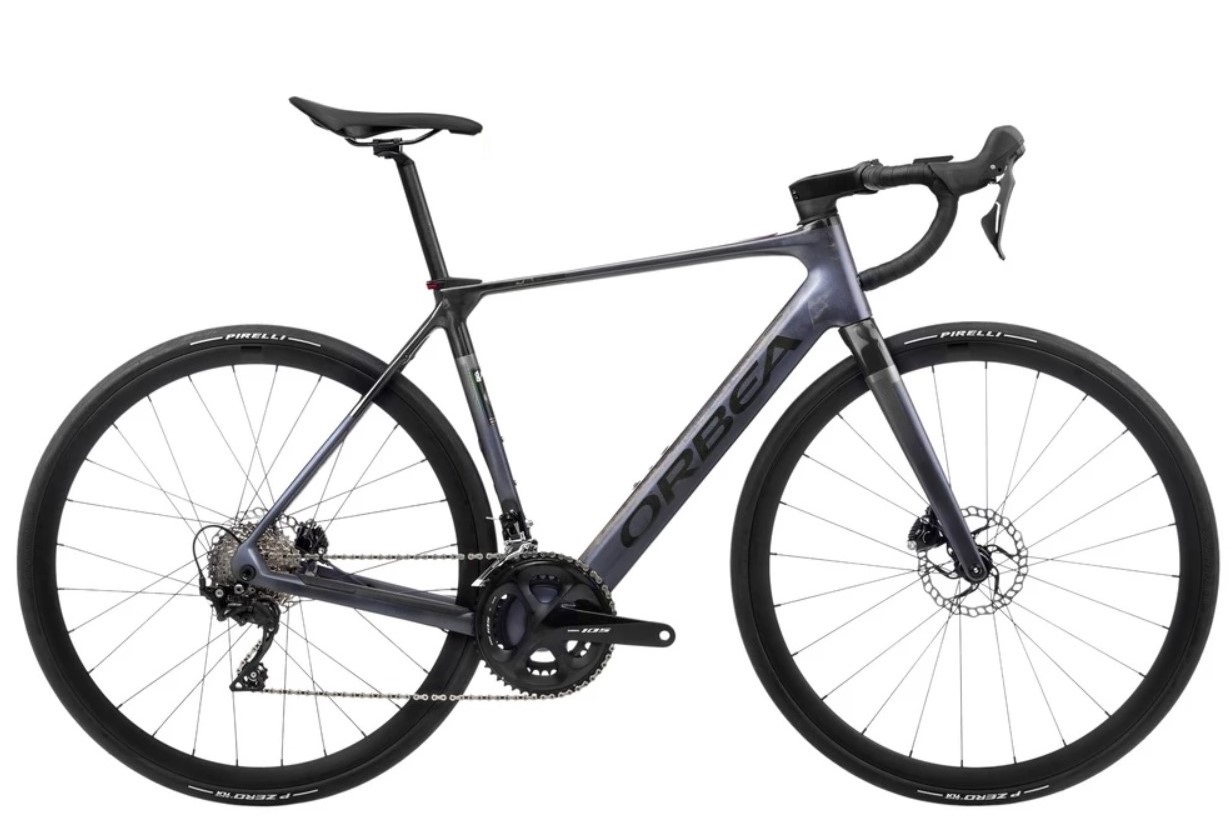
Orbea Gain M30
Specifications
Reasons to buy
Reasons to avoid
Orbea was one of the first brands to integrate the Mahle ebikemotion motor system into its road bikes and the Gain remains one of the most stylish electric bike implementations. The latest models use the more compact X20 system, for an even lower profile hub motor, which also produces more torque than the original X35.
Orbea includes a front light, which is integrated into the out-front computer mount. The Gain is supplied with a Mahle computer, which allows you to control the output from the motor system and check its status, without needing to use the top tube button. There's also a rear light on the saddle clamp, with both front and rear lights being powered by the 353Wh internal battery.
With a Shimano 105 11-speed groupset, there's plenty of gear range, although this does feel a little under specced for the Gain M30's price.
How to choose
Your riding demands will dictate which e-road bike is best for you. Hopefully, this guide should have given you an idea of what's out there. Next, you should consider how you may want to use your e-bike: are you commuting to work, adventuring and discovering new terrain or simply adding a new bike to your fleet? Your requirements will dictate weight, gearing, range, price point etc. Test ride a bike if you can and chat with manufacturers or stores about which e-bike is best for you.
What do I need to know about the drive system?
With the electric bike market continually growing, more and more brands are getting on board and developing newer and better technology all the time. The best electric road bike will likely come with a powerful and reliable drive system, including one of the best e-bike motors from the likes of Bosch, Yamaha, and Shimano, while some feature integrated units from Ebikemotion and Fazua.
These systems place the motor either at the bottom bracket or the rear hub and vary in weight. In fact, some of the integrated systems are surprisingly light. The power they offer is an important factor, and most hover between 250W and 500W.
What's the best capacity for an electric bike battery?
How long is a piece of string? It all depends on how much you're riding, and how much you care about your electric road bike's aesthetic.
When e-bikes started to gain popularity, the batteries were bulbous, and almost appeared to be haphazardly bolted on wherever there was space. Now we are seeing brands working to integrate them into the frame seamlessly.
Unfortunately, the smaller the battery, the smaller the capacity - which is measured in watt-hours (Wh). While some brands are quick to make claims about how far certain Wh batteries will take their bikes, these figures can vary greatly depending on the level of boost, the terrain, the weather and even the weight of the rider. Bosch has put together a handy Range Assistant, which can provide a good idea of how much mileage you can expect to achieve, depending on your riding habits.
While some bikes have removable batteries which allow you to keep a spare and make charging easier, others with hidden battery packs look much cleaner. Often, there's a range extender available as an option, which takes up one of your bottle cages.
Are electric road bikes unisex?
As a general rule of thumb, most e-road bikes are made to be unisex, while having multiple size options that should work for most people. The saddle, which is the key contact area that needs some tailoring to fit the users, is easily swapped out for one of the best women's road bike saddles if need be.
If you would prefer a women's specific model, be sure to check out our list of the best women's electric bikes.
Regional restrictions
Most e-bikes use one of three e-bike systems, however, depending on where you live, the level of assistance as well as whether you need a licence and insurance will vary. Here's a breakdown of all the e-bike restrictions in place in the UK, US and Australia.
1. The UK
The UK adopted a lot of the EU's regulations regarding e-bikes but with Brexit, it's hard to say if that may change.
All of the bikes featured here fall under 'The Electrically Assisted Pedal Cycle (EPAC) Amendment Regulations' mandates; electric assistance can only provide 250 watts of aid and must cut out at 25kph. It also stipulates the rider must be in motion for the motor to kick in and be at least 14 years old.
Electric bikes (and riders) that meet these standards have the same legal standing as regular bicycles and are allowed on roads and bike paths.
In Europe, a new class of speed-pedelecs or s-pedelecs is gaining popularity. These are capable of providing assistance up to 45kph. You still need to pedal for the motor to kick in, however, under UK and EU law these are considered two-wheel mopeds and require insurance, a legally certified helmet and a qualifying driver's license.
2. The US
In the US, rules for e-bikes vary from state to state; 30 states classify e-bikes as ordinary bicycles, while the remaining 20 label e-bikes as mopeds, scooters or something else altogether.
Federal law defines an electric bicycle as a two- or three-wheeled vehicle with fully operable pedals and an electric motor of fewer than 750 watts, whose maximum speed on a paved level surface, when powered solely by such a motor while ridden by an operator who weighs 170 pounds, is less than 20mph.'
It's worth noting this statute defines the maximum assisted speed of the bike when being only powered by the motor, not when it's being pedalled. To make things more confusing, state regulations can supersede the federal statute.
The Bicycle Product Suppliers Association has proposed a three-class system which divides electric bikes up based on their maximum assisted speed:
Class 1: the motor provides assistance only when the rider is pedalling and cuts out a 20mph
Class 2: the motor can contribute regardless of pedalling but is governed to 20mph
Class 3: the motor provides assistance when the rider is pedalling but cuts out at 28mph and must be equipped with a speedometer.
For all three classes, the motor can only put out a max of 750 watts, and the class needs to be clearly labelled. This system also defines where the bikes can be ridden; classes 1 and 2 are permitted anywhere bikes are allowed, while class 3 can be ridden on roads and bike lanes but not multi-use paths, and may be subject to minimum user age and helmet requirements.
So far, 22 states have legislation creating a class system and our friends over at People for Bikes has put together a full state-by-state run down.
3. Australia
In Australia, e-bikes are split into throttle-operated and pedal-assist. Both systems must be limited to 25kph, and the throttle-operated motors can only output 200 watts while pedal assist is legal up to 250 watts. Anything that exceeds these figures is considered a motorbike and must be licensed and insured.
Get The Leadout Newsletter
The latest race content, interviews, features, reviews and expert buying guides, direct to your inbox!
Paul has been on two wheels since he was in his teens and he's spent much of the time since writing about bikes and the associated tech. He's a road cyclist at heart but his adventurous curiosity means Paul has been riding gravel since well before it was cool, adapting his cyclo-cross bike to ride all-day off-road epics and putting road kit to the ultimate test along the way. Paul has contributed to Cyclingnews' tech coverage for a few years, helping to maintain the freshness of our buying guides and deals content, as well as writing a number of our voucher code pages.
- Tom WieckowskiTech writer